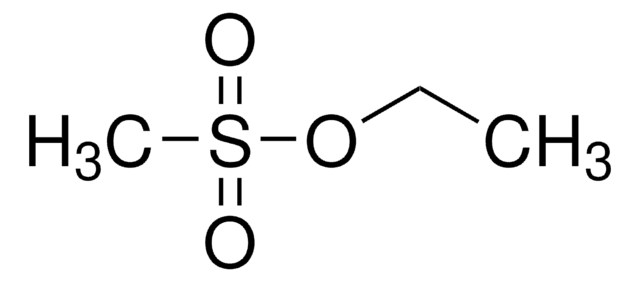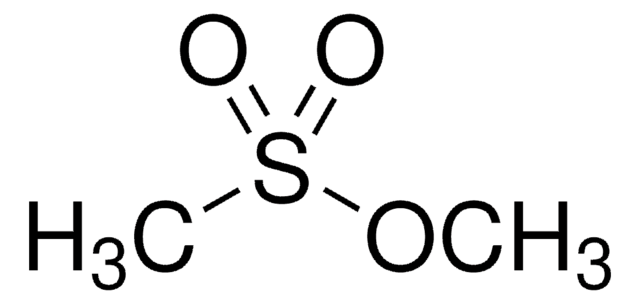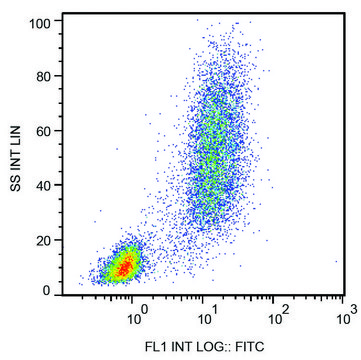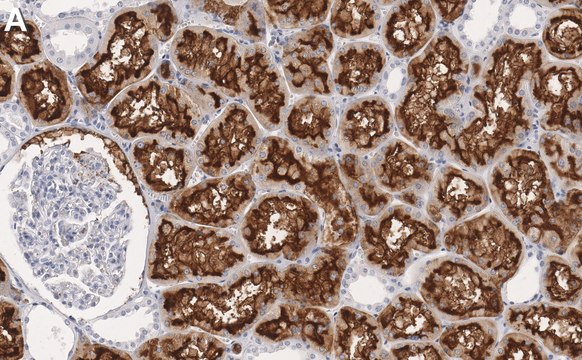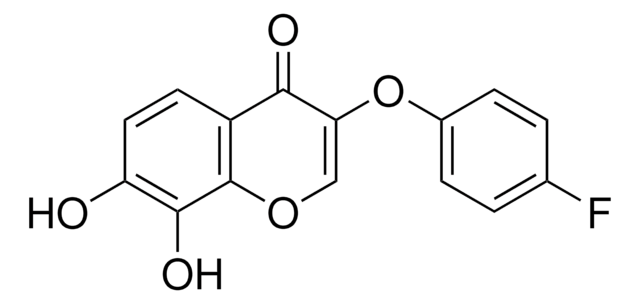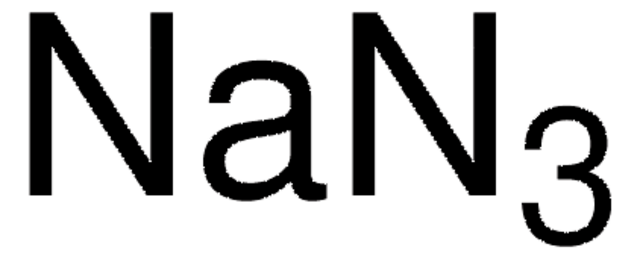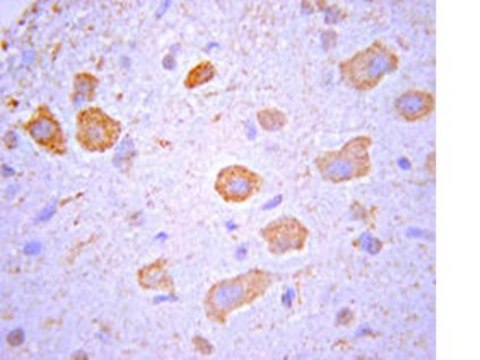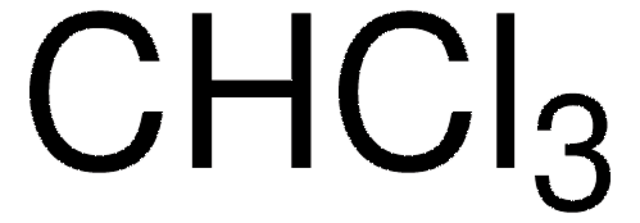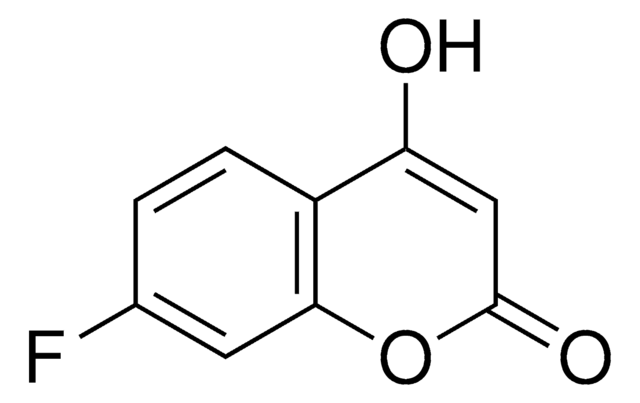推荐产品
生物来源
mouse
质量水平
抗体形式
purified antibody
抗体产品类型
primary antibodies
克隆
BR2, monoclonal
种属反应性
human
请勿与下列物质发生反应
mouse, rat
技术
ELISA: suitable
affinity chromatography: suitable
electron microscopy: suitable
flow cytometry: suitable
immunoprecipitation (IP): suitable
同位素/亚型
IgG1κ
NCBI登记号
UniProt登记号
运输
ambient
靶向翻译后修饰
unmodified
基因信息
human ... ANPEP(290)
相关类别
一般描述
Aminopeptidase N (EC 3.4.11.2; UniProt P15144; also known as Alanyl aminopeptidase, Aminopeptidase M, AP-M, AP-N, CD13, gp150, hAPN, Microsomal aminopeptidase, Myeloid plasma membrane glycoprotein CD13) is encoded by the ANPEP (also known as APN, CD13, PEPN) gene (Gene ID 290) in human. Aminopeptidase N (CD13) is a 150-kDa membrane glycoprotein belonging to the superfamily of zinc metalloproteases. CD13 preferentially cleaves N-terminus neutral amino acids, most notably alanine residue, and is widely expressed as a homodimer of 280 kDa on the cell surface in many tissues, including intestinal epithelia and the nervous system. CD13 is involved in many physiological processes such as antigen presention regulation, differentiation, proliferation, apoptosis, chemotaxis, phagocytosis, pain sensation, adhesion, viral infection, cancer metastasis and angiogenesis. CD13 mediates its biological functions through its role as a receptor or co-receptor in cellular signaling, as well as via peptidase activity. CD13 is a receptor for human coronavirus (HCoV) and cytomegalovirus (HCMV), and many proteins are found in complex with CD13, including galectin-3, galectin-4, Grb2, IgG receptors (Fc Rs), reversion-inducing cysteine-rich protein with kazal motifs, Sos, and the pro-inflammatory cytokine 14-3-3 . Human CD13 consists of a short N-terminal cytoplasmic end (a.a. 2-8), a transmembrane domain (a.a. 9-32), and a large extracellular portion (a.a. 33-967) composed of a Ser/Thr-rich region (a.a. 33-68) and the metalloprotease domain (a.a. 69-967), including an HCoV-229E-interacting region (a.a. 26-353) and a Substrate-binding region (a.a. 352-356).
特异性
Clone BR2 targets aminopeptidase N/CD13 extracellular domain without inhibiting its enzymatic activity (Piela-Smith, T.H., and Korn, J.H. (1995). Cell Immunol. 1995 Apr 15 162(1):42-48). Clone BR2 specifically stains human foreskin fibroblasts, but not HUVECs, human intestinal SMCs, human keratinocytes (RHEK-1), human squamous cell carcinoma lines A-431 and NCI-H292, nor does it cross-react with rat or murine fibroblasts (Chen, L.L., et al. (1993). J. Tissue Cult. Methods.15:1-10).
免疫原
Epitope: extracellular domain
Human foreskin fibroblasts.
应用
Electron Microscopy Analysis: A representative lot detected aminopeptidase N/CD13 on the surface of 4% paraformaldehyde-fixed human foreskin fibroblasts by EM (Piela-Smith, T.H., and Korn, J.H. (1995). Cell Immunol. 1995 Apr 15 162(1):42-48).
ELISA Analysis: A representative lot detected aminopeptidase N/CD13 on the surface of adherent human foreskin fibroblasts by "cell ELISA" (Piela-Smith, T.H., and Korn, J.H. (1995). Cell Immunol. 1995 Apr 15 162(1):42-48).
Flow Cytometry Analysis: Representative lots detected aminopeptidase N/CD13 on the surface of human foreskin fibroblasts, but not human squamous cell carcinoma cells A-431 and NCI-H292 (Piela-Smith, T.H., and Korn, J.H. (1995). Cell Immunol. 1995 Apr 15 162(1):42-48; Chen, L.L., et al. (1993). J. Tissue Cult. Methods.15:1-10).
Immunoprecipitation Analysis: A representative lot immunoprecipitated ~150 kDa aminopeptidase N/CD13 from human foreskin fibroblast (FB) lysate (Piela-Smith, T.H., and Korn, J.H. (1995). Cell Immunol. 1995 Apr 15 162(1):42-48).
Immunoaffinity Purification: A representative lot was conjugated to magnetic beads and employed to remove fibroblasts from primary cultures of squamous cell carcinoma of the head and neck (Chen, L.L., et al. (1993). J. Tissue Cult. Methods.15:1-10).
ELISA Analysis: A representative lot detected aminopeptidase N/CD13 on the surface of adherent human foreskin fibroblasts by "cell ELISA" (Piela-Smith, T.H., and Korn, J.H. (1995). Cell Immunol. 1995 Apr 15 162(1):42-48).
Flow Cytometry Analysis: Representative lots detected aminopeptidase N/CD13 on the surface of human foreskin fibroblasts, but not human squamous cell carcinoma cells A-431 and NCI-H292 (Piela-Smith, T.H., and Korn, J.H. (1995). Cell Immunol. 1995 Apr 15 162(1):42-48; Chen, L.L., et al. (1993). J. Tissue Cult. Methods.15:1-10).
Immunoprecipitation Analysis: A representative lot immunoprecipitated ~150 kDa aminopeptidase N/CD13 from human foreskin fibroblast (FB) lysate (Piela-Smith, T.H., and Korn, J.H. (1995). Cell Immunol. 1995 Apr 15 162(1):42-48).
Immunoaffinity Purification: A representative lot was conjugated to magnetic beads and employed to remove fibroblasts from primary cultures of squamous cell carcinoma of the head and neck (Chen, L.L., et al. (1993). J. Tissue Cult. Methods.15:1-10).
Research Category
Apoptosis & Cancer
Apoptosis & Cancer
This mouse monoclonal Anti-Aminopeptidase N/CD13 Antibody, clone BR2, Cat. No. MABF911 detects levels of Aminopeptidase N/CD13, and has been published and validated for use in Electron Microscopy, ELISA, Flow Cytometry, Immunoaffinity Purification, and Immunoprecipitation.
质量
Evaluated by Flow Cytometry in human PBMCs.
Flow Cytometry Analysis: 0.1 µg of this antibody detected aminopeptidase N/CD13-positive granulocytes among human PBMCs.
Flow Cytometry Analysis: 0.1 µg of this antibody detected aminopeptidase N/CD13-positive granulocytes among human PBMCs.
目标描述
109.5 kDa calculated. ~150 kDa reported (Piela-Smith, T.H., and Korn, J.H. (1995). Cell Immunol. 1995 Apr 15 162(1):42-48) due to glycosylation.
外形
Protein G purified.
Format: Purified
Purified mouse monoclonal IgG1κ in buffer containing 0.1 M Tris-Glycine (pH 7.4) 150 mM NaCl with 0.05% sodium azide
储存及稳定性
Stable for 1 year at 2-8°C from date of receipt.
其他说明
Concentration: Please refer to lot specific datasheet.
免责声明
Unless otherwise stated in our catalog or other company documentation accompanying the product(s), our products are intended for research use only and are not to be used for any other purpose, which includes but is not limited to, unauthorized commercial uses, in vitro diagnostic uses, ex vivo or in vivo therapeutic uses or any type of consumption or application to humans or animals.
WGK
WGK 1
闪点(°F)
Not applicable
闪点(°C)
Not applicable
我们的科学家团队拥有各种研究领域经验,包括生命科学、材料科学、化学合成、色谱、分析及许多其他领域.
联系技术服务部门